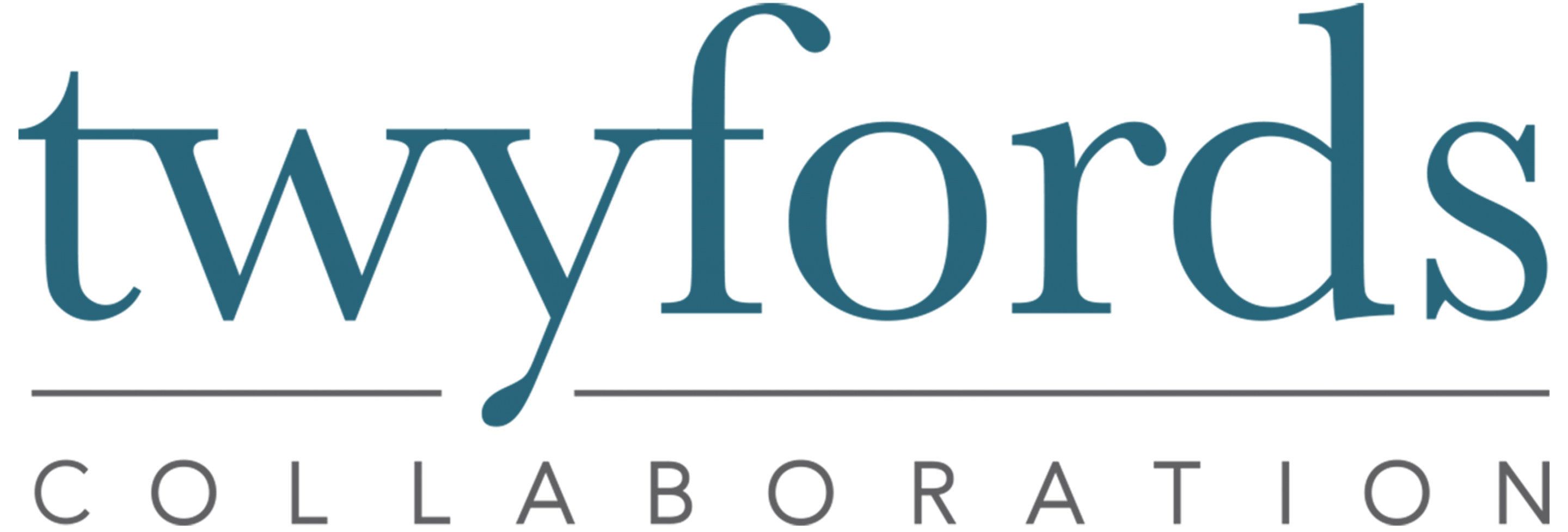As I ponder on the past and emerging dilemmas in 2020 – like the recent bushfires, the current coronavirus crisis, and key challenges like indigenous disadvantage, deteriorating mental health and risks from climate change, I’m often a bit disappointed and frustrated by the simplistic and solution focused ways in which we tend to respond.
It seems like “I know the answer, you just need to listen to me and implement what I say, and all will be OK”.
Given the complex nature of such challenges, stepping back from the answer and taking some time to explore the question first is being increasingly recognised as a more useful approach, particularly given the history of failures applying the business as usual “solution” approach.
So Einstein’s quote from long ago would still seem very relevant ie
“If I had an hour to solve a problem, I would spend 55 minutes thinking about the problem, and 5 minutes thinking about the solutions”.
However while thinking- and talking together – about getting on the same page is a crucial first step, the emerging dilemma can look a bit too big and complex, perhaps overwhelming, and it can be hard to know where and how to get started.
In our experience, finding a chunk of the problem to focus on can be really useful – something that feels feasible, relevant and achievable to start with.
A “right sizing” exercise can focus the efforts on to a piece of the problem, with greater confidence that it:
- is substantive, but doable
- warrants our time and resources
- motives us and other stakeholders
- potentially leads to a useful result
- really matters to those involved
So perhaps we should ask Einstein to sacrifice a bit of that hour to right size the dilemma?
